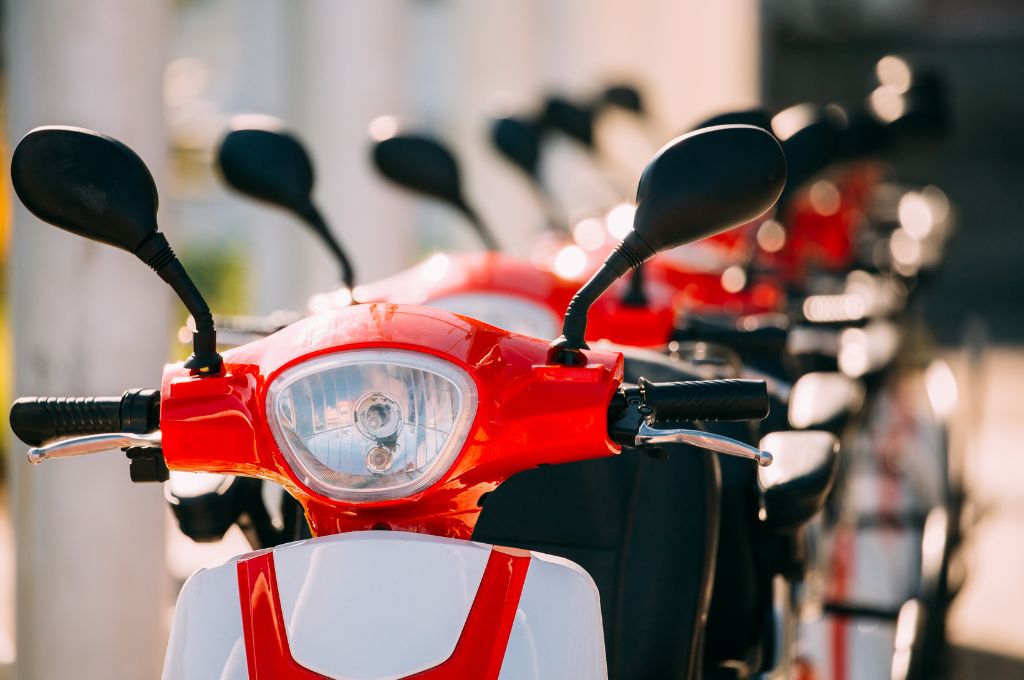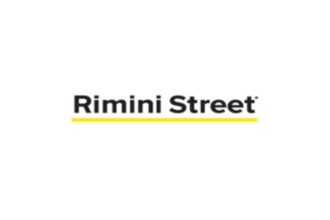In a bid to boost the uptake of electric motorcycles, the Indonesian government has set its sights on overhauling the existing subsidy policy. This could mean a significant move away from focusing solely on low-income individuals, due to a sluggish adoption rate of the initiative.
Bahlil Lahadalia, the Investment Minister, explained the plans, stating that to date, the subsidy program had only achieved a meager 1% of its ambitious 200,000 target. To propel a wider adoption, the government is considering extending the program’s reach to the general population. This could include a new policy, where each holder of a national ID can access subsidies for one electric motorcycle.
The government has allocated a substantial budget of 1.7 trillion rupiah (US$111.9 million) to promote battery-powered electric vehicles (KBLBB), including subsidizing 250,000 electric motorcycles. Target beneficiaries of the current policy include Micro, Small, and Medium Enterprises (MSMEs), beneficiaries of the KUR micro-credit program, recipients of the BPUM micro-entrepreneur assistance program, and those who consume electricity at lower capacities.
Indonesia’s position in the electric vehicle industry is unique, with the government fully recognizing the potential benefits. The Ministry of Industry is targeting production of 600,000 fully battery-powered four-wheeled vehicles and buses, alongside over 2.4 million electric motorcycles by the year 2030.
These measures are all part of Indonesia’s effort to mitigate climate change under its nationally determined contribution. As of February 9, 2023, the National Police Traffic Directorate recorded about 128 million motorcycles and 19.1 million cars in Indonesia, with motorcycles making up approximately 87% of the vehicle population.
This story is based on an article from techinasia.com.
















